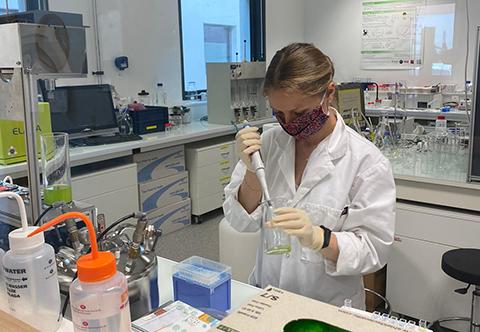Nadiia Yakovenko, PhD student at IMRCP, has defended her thesis on micro- and nanoplastic pollution in the environment

Nadiia carried out her research in the BIBAC and SMODD teams at the IMRCP laboratory.
On 9th December, she defended her thesis entitled: "Study of micro- and nanoplastic pollution in the environment: sampling in the atmosphere, development of a labelled environmentally relevant model, interaction with living organisms"
This work was directed at studying different aspects of the global plastic pollution problem such as occurrence, fate, and behaviour of micro- and nanoplastic particles (NPs and NPs) in the environment.
It combines three areas of investigation:
- Sampling of MPs and NPs in the atmosphere;
- Development of an environmentally relevant luminescent model of MPs and NPs for easy imaging and tracking in the tissues of living organisms;
- Study the interaction mechanism between plastic and living organisms.
After providing an overview of the global plastic pollution problem, we present the methodology implemented for the development of an environmentally relevant model of MPs and NPs to study the effect of plastic pollution on living organisms. This work includes synthesis of labelled polymer with UpConverting Nanoparticles (UCNPs), and the production of micro- and nanoparticles of this labelled material using a top-down synthesis approach. Finally, chemical and physical properties of these particles were investigated using fallowing analysis: Nanoparticle tracking (NTA) and Dynamic light scattering (DLS) analysis, Z - potential, Transmission electron microscopy energy-dispersive X-ray spectroscopy (TEM/EDX), Small-angle X-ray scattering (SAXS) analysis, Thermogravimetric analysis (TGA), Differential scanning calorimetry (DSC), Fluorescence measurements, etc.
Then, we focus on studying the effect of microplastic on Chlorella vulgaris growth and the flocculation mechanism. This part of the work includes microplastic characterisation with an Atomic Force Microscope (AFM) and Fluidic force microscopy (Fluid FM). These techniques were used to obtain MPs image, and study particles hydrophobicity, roughness, and interaction mechanism between microparticles and microalgae cells Chlorella vulgaris. After, we are investigating the microalgae flocculation mechanism induced by microplastic (under different conditions and concentrations).
Finally, we propose the development of a methodology for collecting samples of MPs and NPs from the atmosphere. The realization of this work involves the study of areas with different levels of human activity: from an area separated from human activities to a highly industrialized area. Investigation of those areas includes the collection of meteorological data and sampling of atmospheric samples including aerosols (suspended particles in the atmosphere) and deposition (rain, snow, sleet, etc.). Also were proposed methodology of samples preparation, qualitative and quantitative analysis performed by the combination of analytical methods including µ-FTIR (Fourier transform-infrared microscopy), Py-GC-MS (pyrolysis coupled with gas chromatography and mass spectrometry), DLS (Dynamic Light Scattering), NTA (Nanoparticle Tracking Analysis), etc.
Highlight of the thesis:
In May 2021, she presented her research at SETAC Europe 31st annual meeting, dedicated to the use of multidisciplinary approaches to examine the impacts of stressors, chemicals, and technology on the environment.
Congratulations to Nadiia for the quality of her work!


